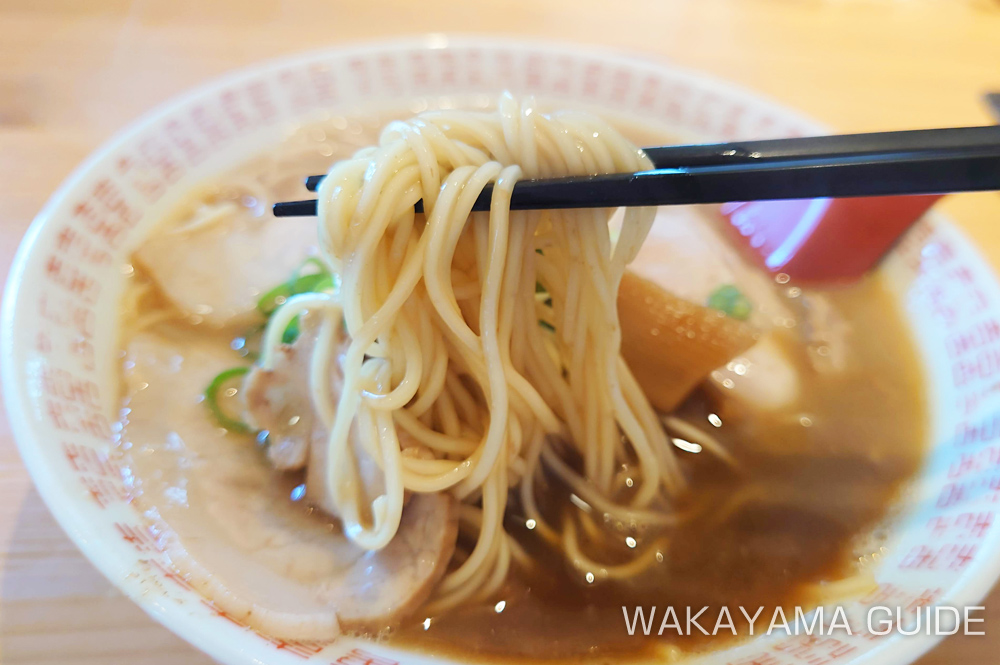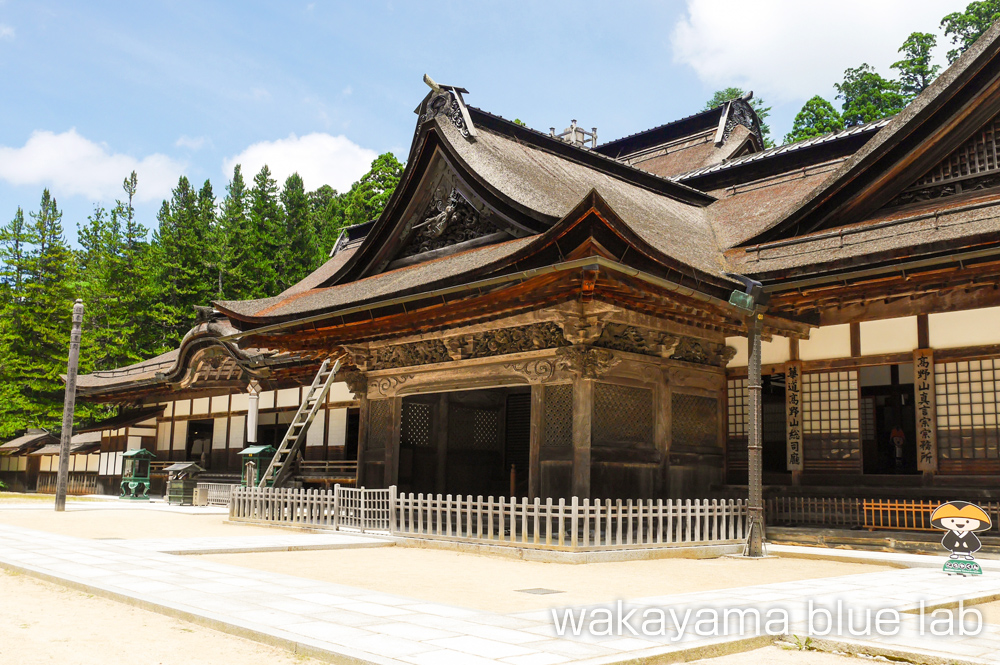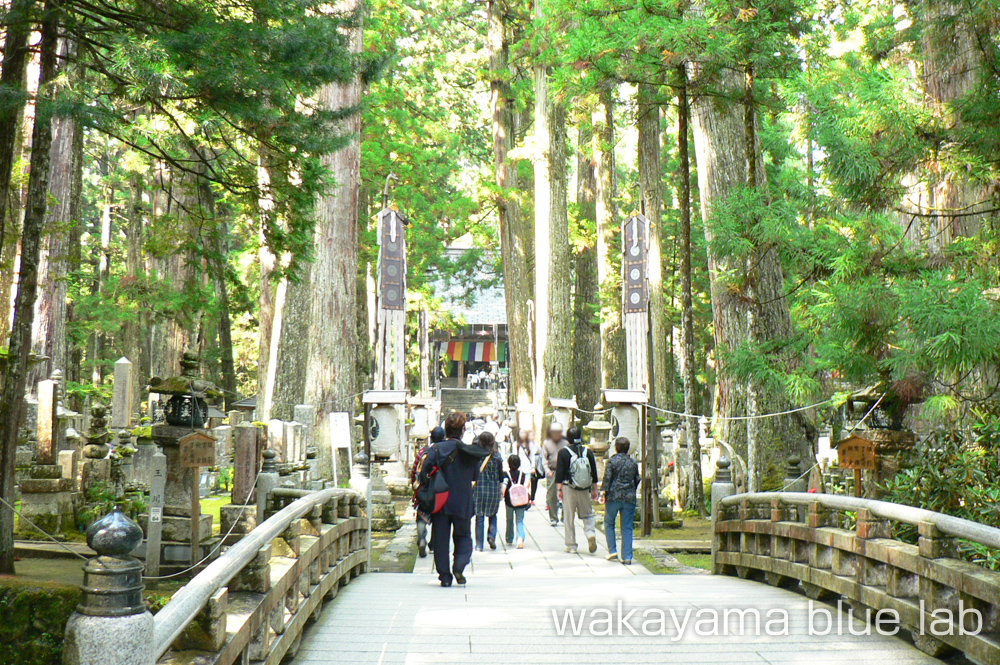
Okunoin the center of Kobo-Daishi faith
There is the center of faith of Koyasan, where Kobo Daishi (Kukai) is said to still meditate.A 2-km path leads from the entrance, Ichibashi Bridge, to the mausoleum where Kobo Daishi is enshrined. In the midst of a grove of cedar trees more than several hundred years old, numerous grave markers and stone lanterns stand side by side, including those of feudal lords, creating a solemn atmosphere of sanctuary.
This article introduces the highlights of Okuno-in Temple and transportation access, including train buses. The approach to the temple is officially entered by the Ichinohashi, but it takes about 30 minutes on foot to reach the Gobyosho (mausoleum). For those who have difficulty walking, it is recommended to walk from the Nakanohashi which is the midway entrance to the approach to the temple.
Ichinohashi
This bridge is the entrance to the approach to the temple. Its official name is “Ootobashi Bridge,” and legend has it that Kobo Daishi would escort worshippers to and from this bridge. It is considered polite to remove one’s hat in front of the bridge and bow before visiting the shrine.
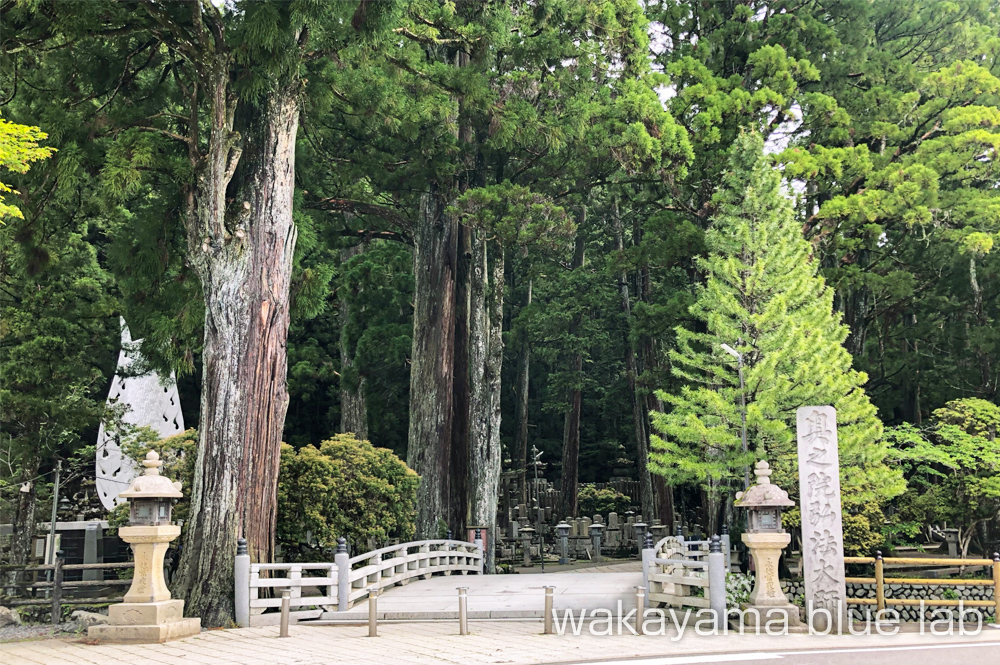
Grave markers
As you begin to walk along the approach to the temple, stone lanterns and grave markers line the path.Okuno-in is the “general family temple of the whole country,” where all those who wish to sleep beside Kobo Daishi are offered memorial services. The temple is open to all, regardless of religion, rank, and is home to more than 200,000 monuments, including those of famous feudal lords, allies, and enemies. There are many interesting memorials to famous warlords, founders of major corporations, and others, so it is recommended to look around and see what kind of grave markers are there.
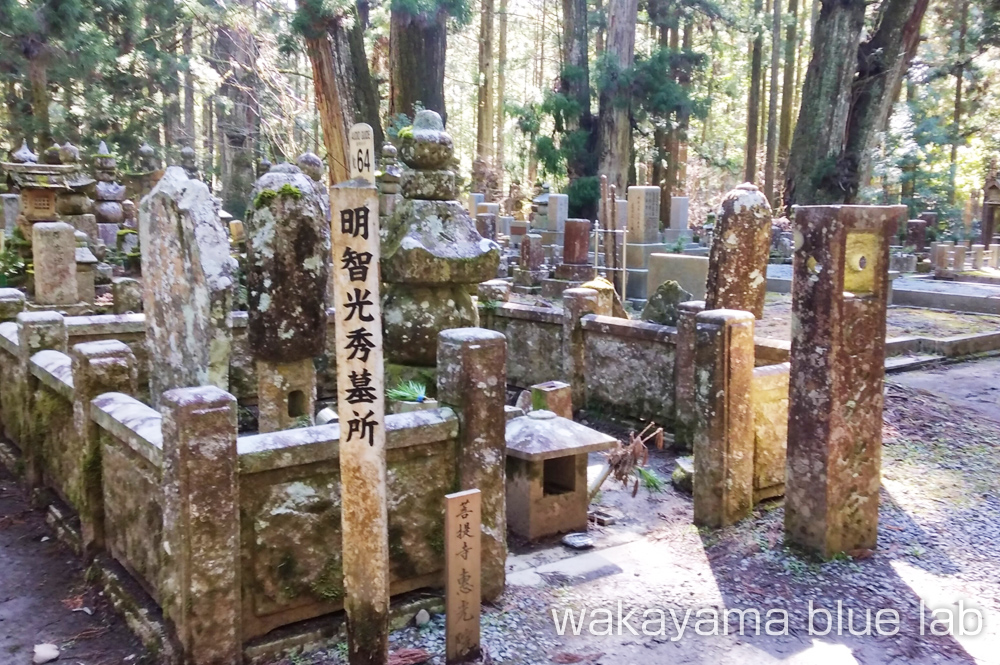
Nature of Okuno-in
Large cedar trees over several hundred years old and thick moss covering stone lanterns add to the solemn atmosphere of the Okuno-in. Visitors can enjoy the various expressions of the four seasons, such as fresh greenery, autumn leaves, and snowy scenery.
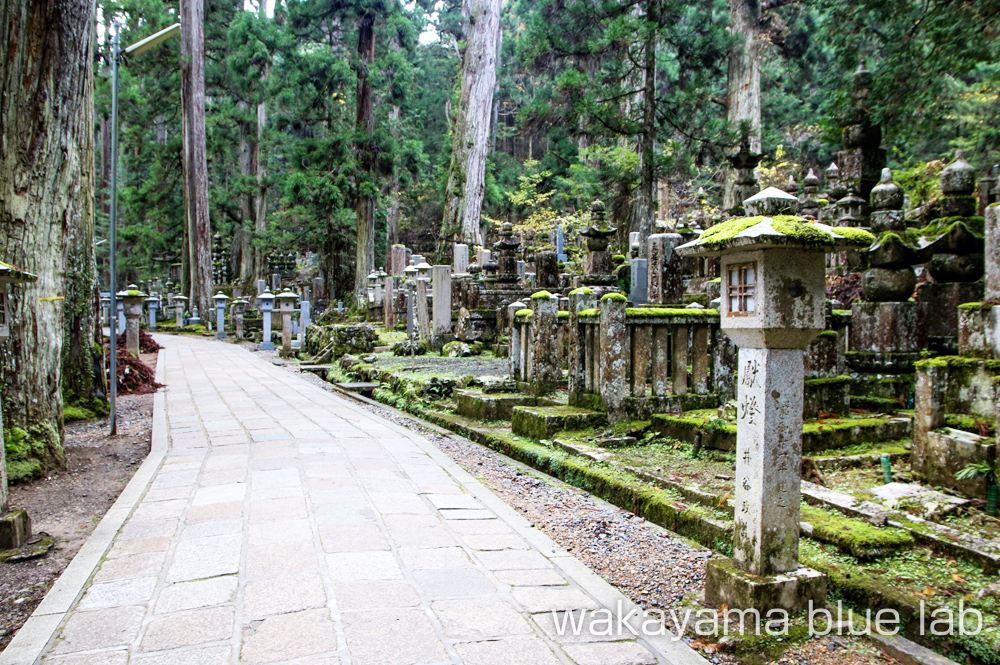
Gokusho
This is the place where meals offered to Kobo Daishi are prepared.
Red seals and amulets can also be obtained here.
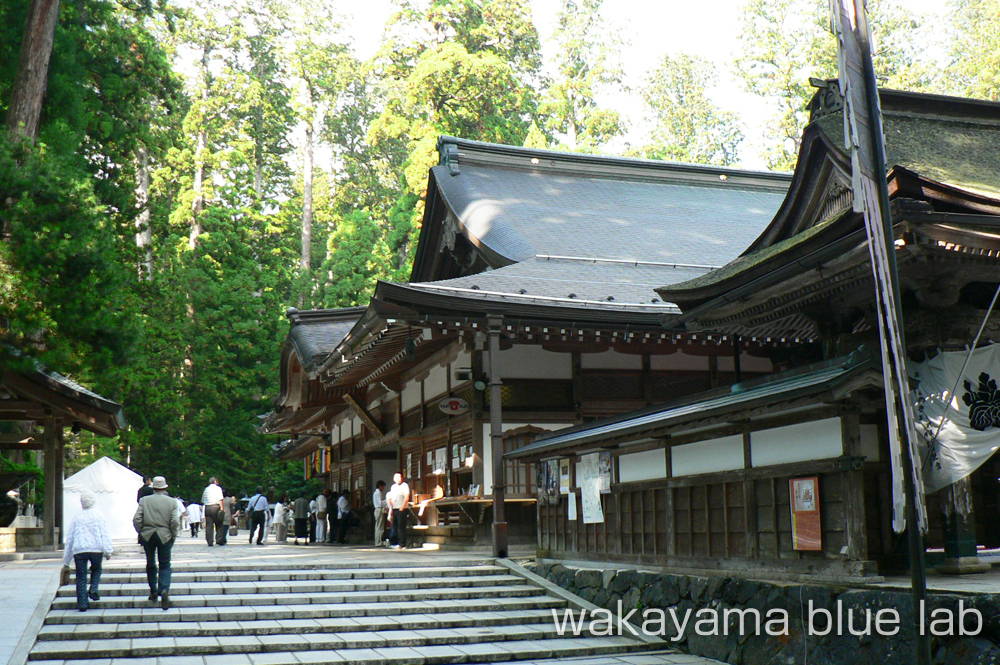
Syojingu (an event that can be observed)
Twice daily, at 6:00 a.m. and 10:30 a.m., a meal is offered to Kobo Daishi. This event has continued for 1,200 years since Kobo-Daishi’s initiation.
The meal is prepared at the Gokusho, tasted at the Tameshimi Jizo, and then taken to the Lantern Hall. Led by the guide Ishina, two monks carry the meal in a white wooden box to the Lantern Hall. After offering the food to Kobo Ambassador and reciting the sutra, we return to the Gokusho.
Many people observe this ceremony to feel the presence of Odaishi-sama. Please observe quietly in a place that does not obstruct the path of the monks.
Gobyobashi:Preparations for worship before the bridge.
This is the last bridge leading to the mausoleum. The area beyond this point is a sanctuary, and photography is prohibited.
On the back side of the bridge, Sanskrit characters are engraved, and if you are lucky, you can see the characters reflected in the river below.
The Tamagawa River where the bridge spans was once the site of misogi (the act of purifying the body before visiting a shrine). Nowadays, before crossing the bridge, visitors purify themselves at the hand-watering place, remove their hats, and bow before crossing.
Torodo (Lantern Hall)
The hall is filled with lanterns donated by many people, including the “unquenchable lamp” that has been burning for over 1,000 years.
Behind the hall, there is an altar for worshipping at the mausoleum, from which visitors can join hands with Kobo Daishi.
Memorial services for ancestors, prayers, and the awarding (purchase) of amulets are also accepted here.
Gobyo (mausoleum)
It is believed that Kobo-Daishi continues to live in this mausoleum to this day, wishing for peace in the world and happiness for all. The mausoleum is located behind the lantern hall and is visited by many worshippers day and night.
Night Tour
Night tours are guided by a qualified guide who lives in Koyasan and guides visitors around the precincts of Kongobuji Temple. You can experience a different and fantastic night tour of Okunoin at night.
Watch the night tour on youtube below!
Access and Parking
To access by train, get off at Koyasan Station on the Nankai Koya Line. From there, transfer to the Nankai Rinkan Bus bound for Okuno-in-mae and get off at the “Okuno-in-guchi” or “Ichinohashi-guchi” bus stop.
Access by car is approximately 50 minutes from the Katsuragi Nishi IC of the Keinawa Expressway. The Ichinohashi Tenpu parking lot, parking spaces along Route 371, or the Naka-no-Bashi parking lot are the nearest parking lots.
Below is a photo of the Naka-no-Bashi parking lot. The entrance to the Nakanohashi is right across the crosswalk. It is recommended as it is free and has many parking spaces.
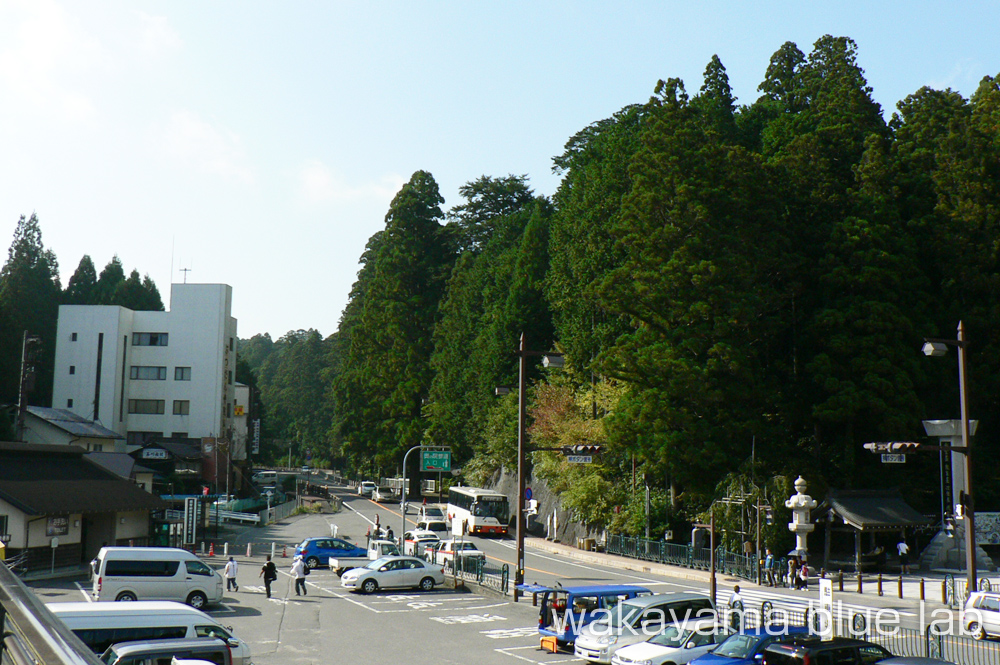
Temple details
| Name | Koyasan Okunoin 高野山 奥の院(こうやさん おくのいん) |
|---|---|
| address | 550 Koyasan, Koya-cho, Ito-gun, Wakayama Prefecture 648-0294, Japan |
| Telephone number | 0736-56-2002 |
| Admission | Free |
| Regular holiday | nothing |
| Visiting hours | ■Okuno-in Gokusho 【May-October】8:00~17:00 【November-April】8:30~16:30 ■Okunoin Torodo(Lantern Hall) ■underground worship hall |
| Home page | Official Website |
| Official Facebook | |
| Official Instagram | |
| X(twitter) | Official X |
| Parking | ■Ichinohashi Tenpu Parking lots (cost money:9 spaces) ■Route 371 shoulder parking (free: 51 spaces) ■Naka-no-Hashi Parking lots (free: 186 spaces) |
| access | ■Access by car 50 minutes from the Katsuragi-nishi IC of the Keinawa Expressway ■Access by train or bus And take Nankai Rinkan Bus bound for Okunoin-mae and get off at Okunoin-guchi or Ichinobashi-guchi bus stop. Approx. 3 hours from Shin-Osaka and Kansai Airport, respectively. |
※The above information is information at the time of visit. Please note that the dates may have changed, so please check by phone or website.

